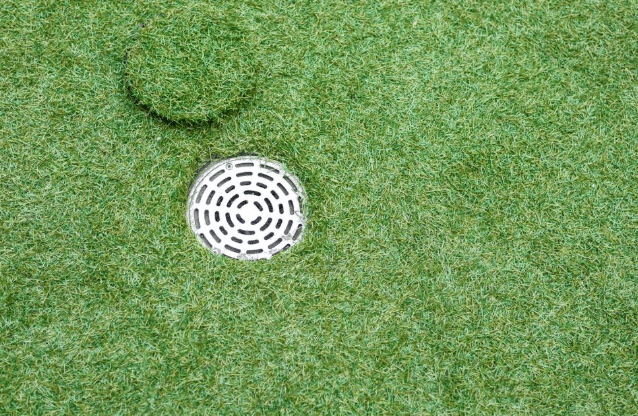What Are The Frustrating Drainage Problems Solved By Artificial Grass In San Diego?

- Artificial grass has a built-in system of drains that allow excess water to easily pass through it and be diverted away from the area. This prevents the formation of puddles or pools of standing water on your lawn, which can be dangerous and difficult to remove.
- Since artificial grass isn’t made from real soil, you don’t have to worry about it being damp or compacted. This means you won’t have to worry about poor soil quality that can lead to drainage problems.
- One of the biggest benefits of artificial grass is its ability to resist erosion. It’s much more durable than real grass, so it won’t be worn away by water or foot traffic, no matter how many people are walking on it. This means fewer maintenance headaches for you since you won’t have to replace or repair your lawn every time it rains or gets trampled.
- Artificial turf prevents animals from digging up and damaging your lawn, which can lead to drainage issues if left unaddressed. With artificial grass, there’s no need to worry about pesky animals ruining your property.
- Artificial grass is designed to capture runoff and store it in a reservoir where it can be absorbed into the soil instead of running off into the surrounding area. This helps prevent flooding, water pollution, and other negative environmental impacts caused by runoff.
FAQ’s
Do Artificial Lawn Rolls Have Drainage Holes?
Yes, most artificial lawn rolls include drainage holes to help manage water runoff and prevent flooding. The size of the hole is usually around 1-2 inches and will depend on the manufacturer’s specifications.
Does Artificial Grass Need Irrigation?
No, artificial grass does not need irrigation because it does not require any fertilizers or chemicals to keep it healthy. Additionally, the built-in drainage system helps to ensure that excess moisture can quickly be diverted away from the area. This helps reduce standing water and prevents soil erosion.
Is Artificial Grass Maintenance Free?
For the most part, yes. Artificial grass requires minimal maintenance compared to real grass and doesn’t need to be mowed or weeded regularly like natural grass. You will need to rake or brush the artificial turf occasionally to remove debris, but this should only take a few minutes. Additionally, be sure to check your drainage system regularly and repair any damaged areas as needed.
Conclusion
It is clear to see why artificial grass is becoming a popular solution for drainage problems. Traditional real grass can be difficult to maintain and deal with standing water, while artificial turf provides a much better solution. For more information, contact Artificial Grass San Diego at (619) 784-8855.

